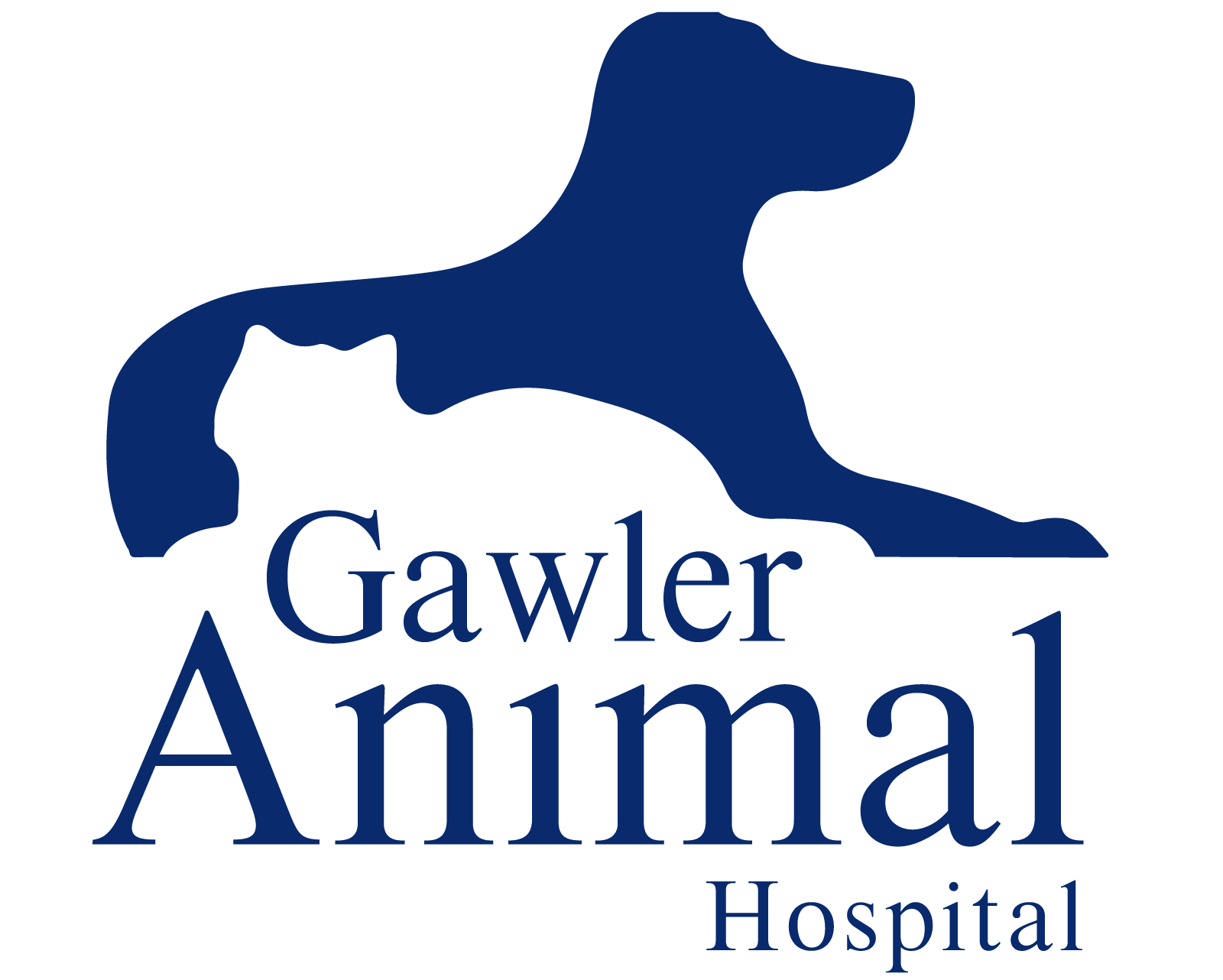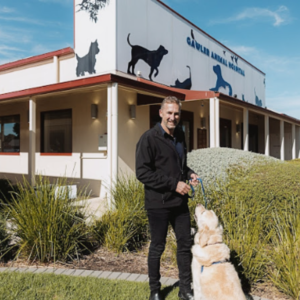The thyroid gland is often a point of concern in older pets (and humans, actually). As a result, thyroid hormones are something we suggest monitoring in routine annual screening tests on our older dog and cat patients. Although something we come across quite often in cats, we have a little canine patient, at the moment, who’s been through a bit of a marathon when it comes to treating thyroid problems.
‘Milo’ is a nine year old Chihuahua cross boy owned by Gwen Morton. During a routine health check in January, Dr Jenny detected an abnormal mass in the area of Milo’s left thyroid gland. By examining some of the cells in this mass and then following up with ultrasound examination, we were able to confirm that this was a thyroid tumour. Milo was booked in for surgery and Dr Steve successfully removed the affected gland.
During a routine post-op check, Dr Jenny discovered that the right gland was now enlarged. She followed the same process and, unfortunately, confirmed that this was also a cancer. Very, very unlucky for poor little Milo! A combination of ultrasound, x-ray and blood tests showed that this cancer hadn’t spread any further, however, and so that was good news.
As we were catching this lump in a very early stage of development, we opted to start chemotherapy prior to considering surgery. This was successful in shrinking the tumour and so Milo was booked in for repeat surgery to remove the affected mass. Dr Steve’s surgical skills were called on again, and the operation went smoothly. At the time of writing, Milo is recovering from surgery and doing very well. Ongoing blood tests will dictate whether he will now need thyroid hormone supplements (as we’ve removed both of his thyroid glands, it’s quite likely this will be required).
As mentioned, thyroid disease is relatively common and so I’d like to give you a bit more information on how it presents and why it matters.
The thyroid glands control metabolic rate by the release of thyroid hormones
- Cellular activity is controlled by thyroid hormones
- Too many hormones in circulation (hyperthyroidism) leads to a higher metabolic rate, and vice versa.
- In scientific terms, ‘hyper’ means too high whereas ‘hypo’ means too low – who says my Latin education at school was a complete waste of time??
Cats
Hyperthyroidism relates to an over-production of hormones and is generally seen in cats
- The result is a rapid metabolic rate with too much energy being expended
- This is relatively common in older cats
- The most common signs are a skinny, hungry, scruffy-looking cat with a rapid heart-rate and displaying odd behaviour
- Diagnosis is confirmed by a simple blood test ( we can run that test here ‘in-house’)
Most cats are treated with a combination of medication followed by surgery
- Initial treatment is aimed at reducing the effects of the excess hormones with medication.
- Generally, this is followed up by either radio-active iodine treatment or surgery to remove the affected gland(s).
- Surprisingly, even with both thyroid glands removed, cats often cope very well without any supplementation of thyroid hormones
Dogs
Hypothyroidism is the reverse situation with an under-production of hormones
- This is more common in dogs and really doesn’t occur in cats
- Fat, lazy dogs with a poor appetite would be the classic appearance
- Treatment is very easy in canine hypothyroidism – thyroid supplementation (tablets) is simple, works well and is very affordable.
In some cases, dogs can also develop thyroid tumours, although this doesn’t necessarily cause true hyperthyroidism
- This was the case with Milo
- We don’t necessarily see the same clinical changes in these dogs as we would in cats
- As with any cancer, however, there is the danger that this can spread elsewhere in the body
- It’s uncommon for us to see this in both glands so Milo was pretty unlucky
Treatment of choice is usually surgical removal of the affected gland, if possible
- In some situations, we would use chemotherapy to reduce the size of the to improve the chances of successful surgery
- Surgery is finicky with lots of other structures in the area that we’d prefer to avoid cutting into!
- More advanced tumours are not amenable to surgical removal, unfortunately, so getting to them early is vital.
Although Milo had both glands affected, the good news is that we were able to treat him at an early stage. As a result, the chance of these tumours spreading is much lower. The other good news is that Gwen has had Milo insured from a young age and so most of the cost of treatment was covered. Good example of why pet insurance is such a great idea!!
Although it has been a bit of a marathon for Milo and Gwen, things are now looking promising. Well done Dr Jenny for picking up on this problem so quickly, Dr Steve for his great surgical skills and the hospital nurses for assisting with a couple of potentially tricky anaesthetics (both went very smoothly, as it turns out)!!
If you’re concerned that your dog or cat may be showing any of the signs we’ve discussed, please give us a call on 8522 3500 or book an appointment directly. Remember, the sooner we can treat these cases, the better the outcome!






